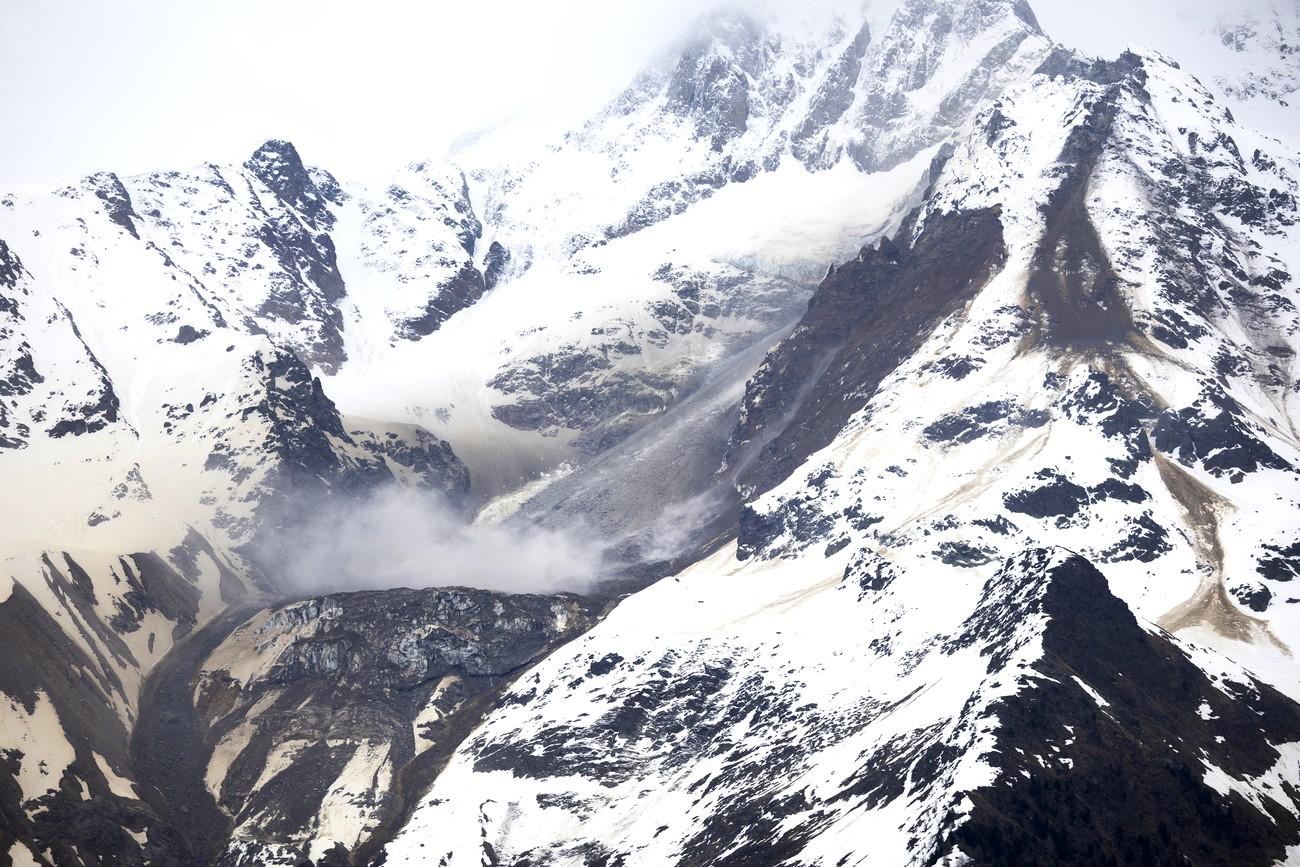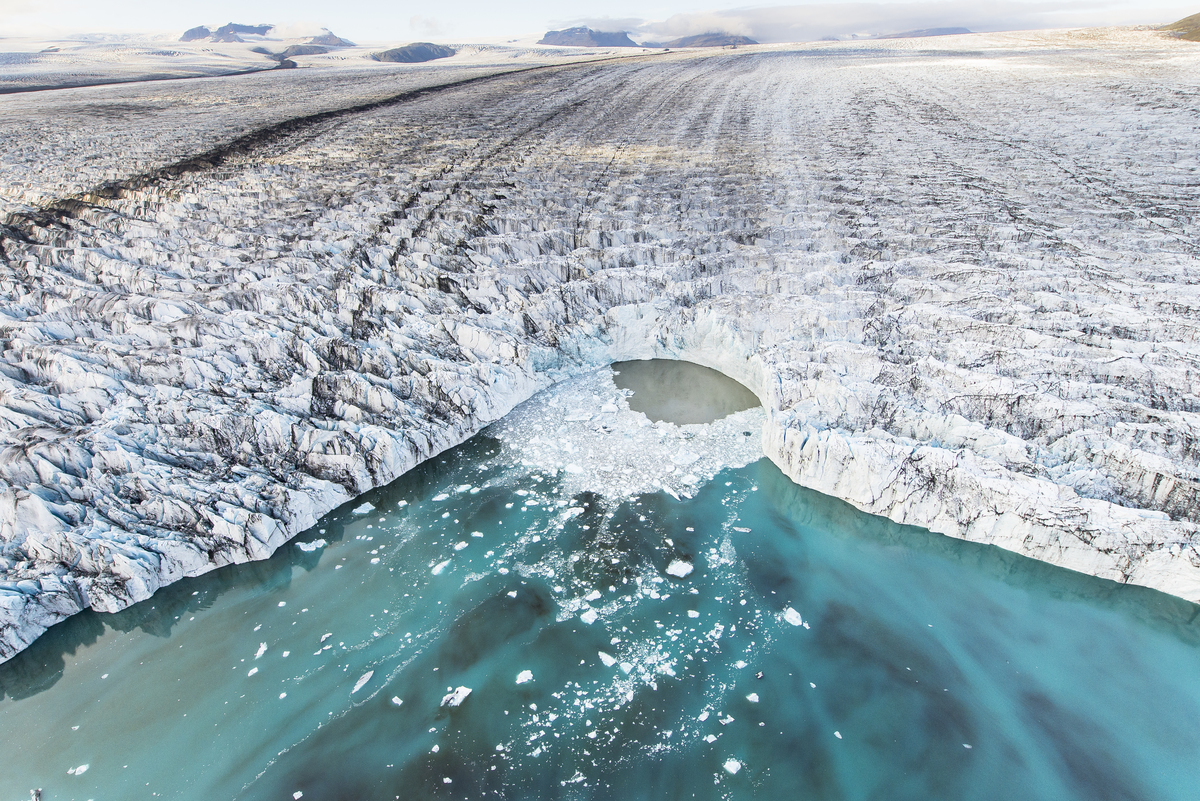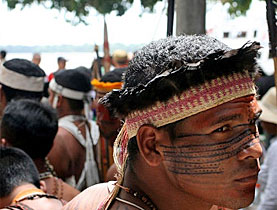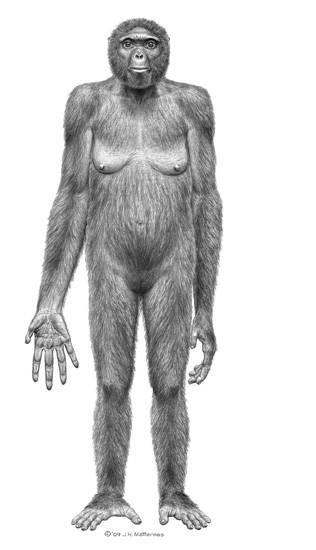Chile repatriates tribal remains from Zurich

The remains of five Chilean tribesmen have been repatriated from Switzerland more than a century after they were kidnapped to be exhibited at European fairs.
The five Kawésqar from southern Chile were honoured at a ceremony in Chile on January 13 after their remains were flown back home. Documentary filmmakers found their bones at Zurich University in 2008.
The story dates back to 1881 when 11 natives were kidnapped in Tierra del Fuego by German businessman Carl Hagenbeck, who took them from South America to Europe to be put on show as curiosities in circuses and fairs in France, Germany and Switzerland.
Shortly after being captured they were displayed in Paris and later that year at Berlin’s zoo, as well as in Leipzig, Munich, Stuttgart, Nuremberg and Zurich.
These shows exhibited native groups from Africa or Patagonia just like animals, Walter Fuchs, an anthropology professor at Zurich University, told swissinfo.ch.
“The Kawésqar Indians arrived here [in Zurich] in 1882, but they fell ill and, despite receiving Swiss medical assistance, five of them died from pneumonia and measles.”
Identification of remains
Their remains were stored among a huge collection kept at Zurich University’s Anthropological Institute and were recently identified by Swiss anthropologist Christoph Zollikofer. The other six Kawésqars were eventually allowed to return to Chile but one died during the voyage home.
“This is rather unusual as most of these remains are anonymous. Many are from the 19th and 20th centuries. The Kawésqar Indian remains were identified in detail because they had names to locate them,” said Fuchs.
Henry, Lise, Grethe, Piskouna and Capitán – the names given to them by their captors – belonged to a sea-faring tribe from southern Chile which is almost extinct but famed for braving the icy-cold waters of Patagonia.
Zollikofer, who accompanied the remains back to Chile together with his colleague Marcia Ponce de León, backed their identification and repatriation on condition they be handed back to the descendants of the Kawésqar.
Official ceremony
On Tuesday, the remains of five of these people were returned to Chile from Switzerland with Chilean President Michelle Bachelet receiving representatives of Chile’s various indigenous communities carrying the remains in caskets.
“There are more of our people left outside the country, and we are hoping for the support of the government … to be able to bring back the rest of the people,” said Kawésqar descendent Haydee Aguilera.
Bachelet apologised to the descendants saying the country had been guilty of “neglect in the face of such abuses”. She added that the episode was a dark page in Chile’s history.
“Reading the history of these indigenous families from southern Chile, whose remains we are receiving today, there is no doubt that this was an act of barbarity,” Bachelet said.
“The kidnapping at the end of the 19th-century of indigenous families from the southernmost part of the country, to be taken to Europe to be exhibited in human zoos or international fairs is really a dark page in our history.”
Traditional burial
The bodies were flown to the southern city of Punta Arenas and will be taken to Karukinká island on Tierra del Fuego for a traditional burial in what could be one of the last ceremonial burials of the Kawésqar people.
“This island was chosen because it is the closest to the one they were taken from,” Celina Llanllán, a member of the Kawésqar community told the El Mercurio newspaper.
One of the oldest indigenous artisans in the region, Rosa Catalán, 70, will receive the skeletons. The remains will then be anointed with oil, placed in sea lion skins, wrapped in reed baskets and buried in the island’s caves. This once-traditional burial ritual will be carried out in a three-hour private ceremony.
There are only an estimated 12 to 20 pure-blooded members of the tribe left after outbreaks of respiratory illnesses through contact with Europeans devastated the group in the 19th century and again in the 1940s.
The remains were discovered in 2008 at Zurich University by documentary filmmaker Hans Mulchi and historian Christian Báez during the making of their film, Calafate, zoologicos humanos. (Calafate, human zoos).
Ivan Turmo, swissinfo.ch (adapted from Spanish by Simon Bradley)
The Kawésqar, or Alacaluf, Halakwulup or Kaweskar, are South American people from Chile living between the Gulf of Penas and the Strait of Magellan (Brunswick Peninsula, and Wellington, Santa Inés and Desolacion islands. Their traditional language is known as Kawésqar, which means person or human.
Today, very few Kawésqar remain. The 2002 census found 2,622 people self-identifying as Kawésqar (those that still practised their native culture or spoke their native language).
In 2006, only 15 full-blooded members remained. Lessons on Kawésqar are part of the local curriculum but very few speakers of the language remain.
Human zoos, also known as “ethnological exhibitions” or “negro villages”, became popular in Europe and North America in the 19th and 20th centuries.
The shows, which often emphasized the cultural differences between Western and non-Western civilisations, involved the abduction of indigenous people from around the world, particularly from Africa.
In the 1870s human zoos could be found in Hamburg, Antwerp, Barcelona, London, Milan, New York and Warsaw, with 200,000 to 300,000 visitors attending each exhibition. Visited by 28 million people, the 1889 World’s Fair displayed 400 indigenous people as the major attraction.
Often they were displayed in villages built in zoos specifically for the show, but they were also made to perform on stage for the amusement of the public.

In compliance with the JTI standards
More: SWI swissinfo.ch certified by the Journalism Trust Initiative












You can find an overview of ongoing debates with our journalists here . Please join us!
If you want to start a conversation about a topic raised in this article or want to report factual errors, email us at english@swissinfo.ch.